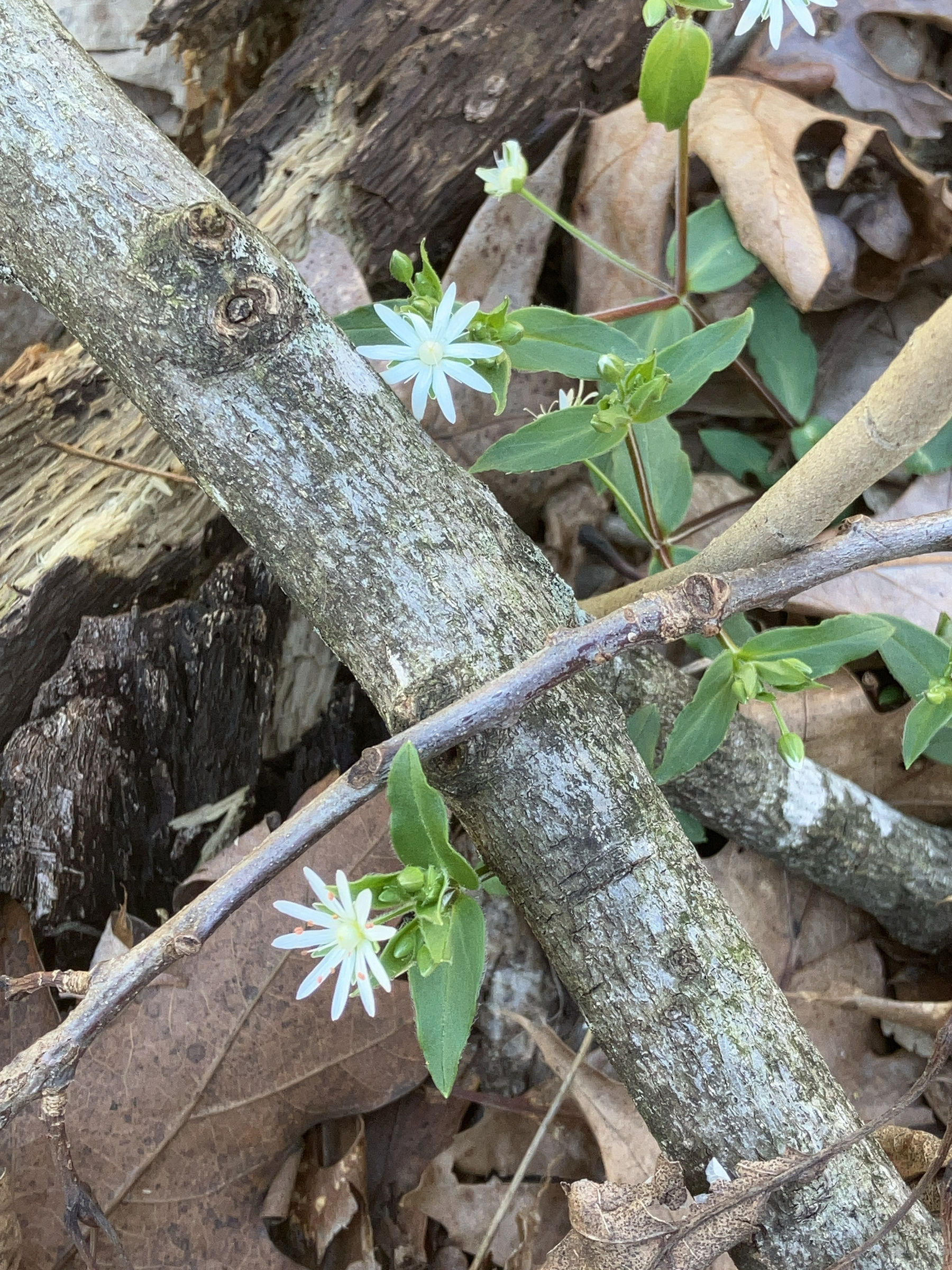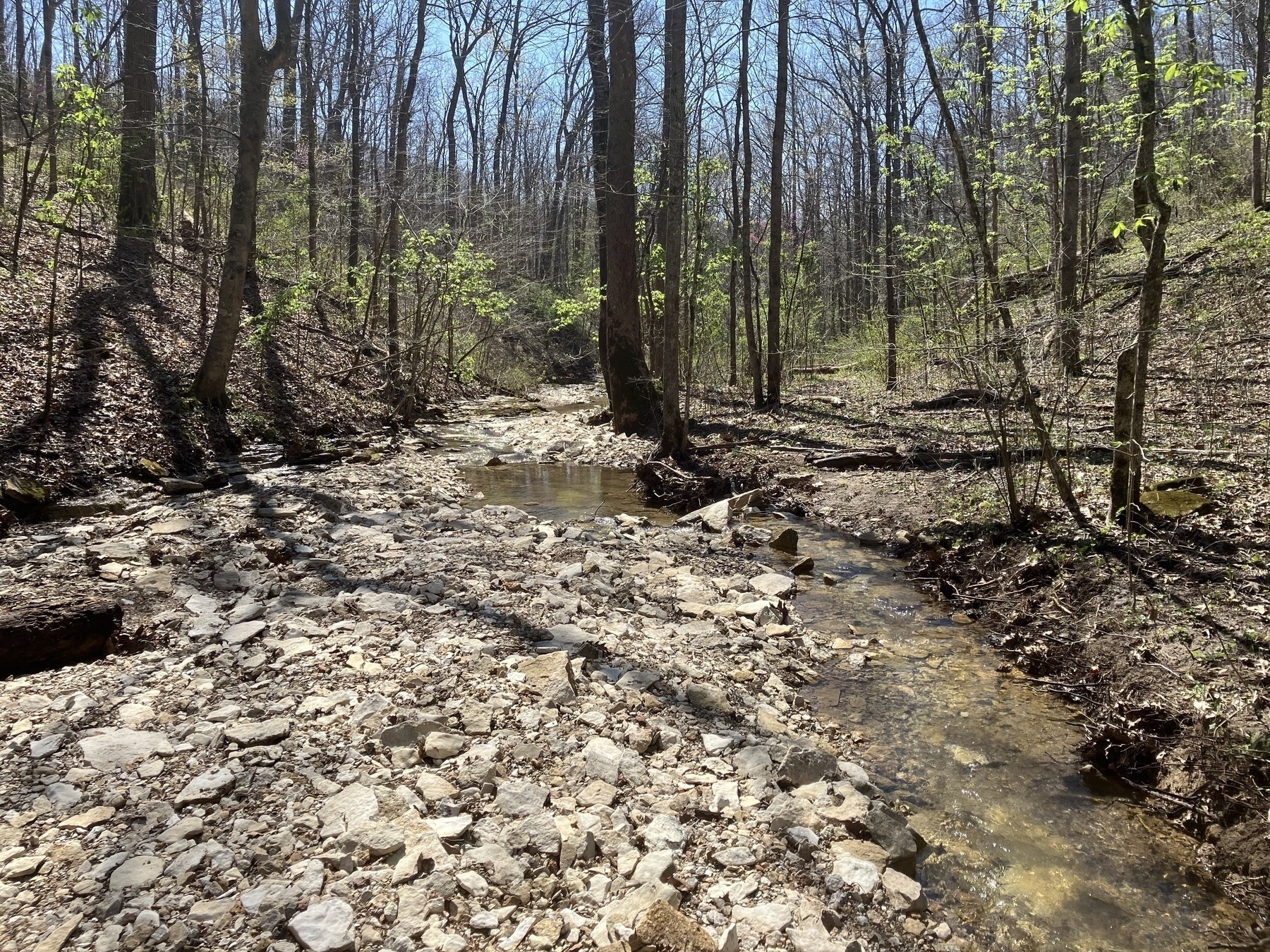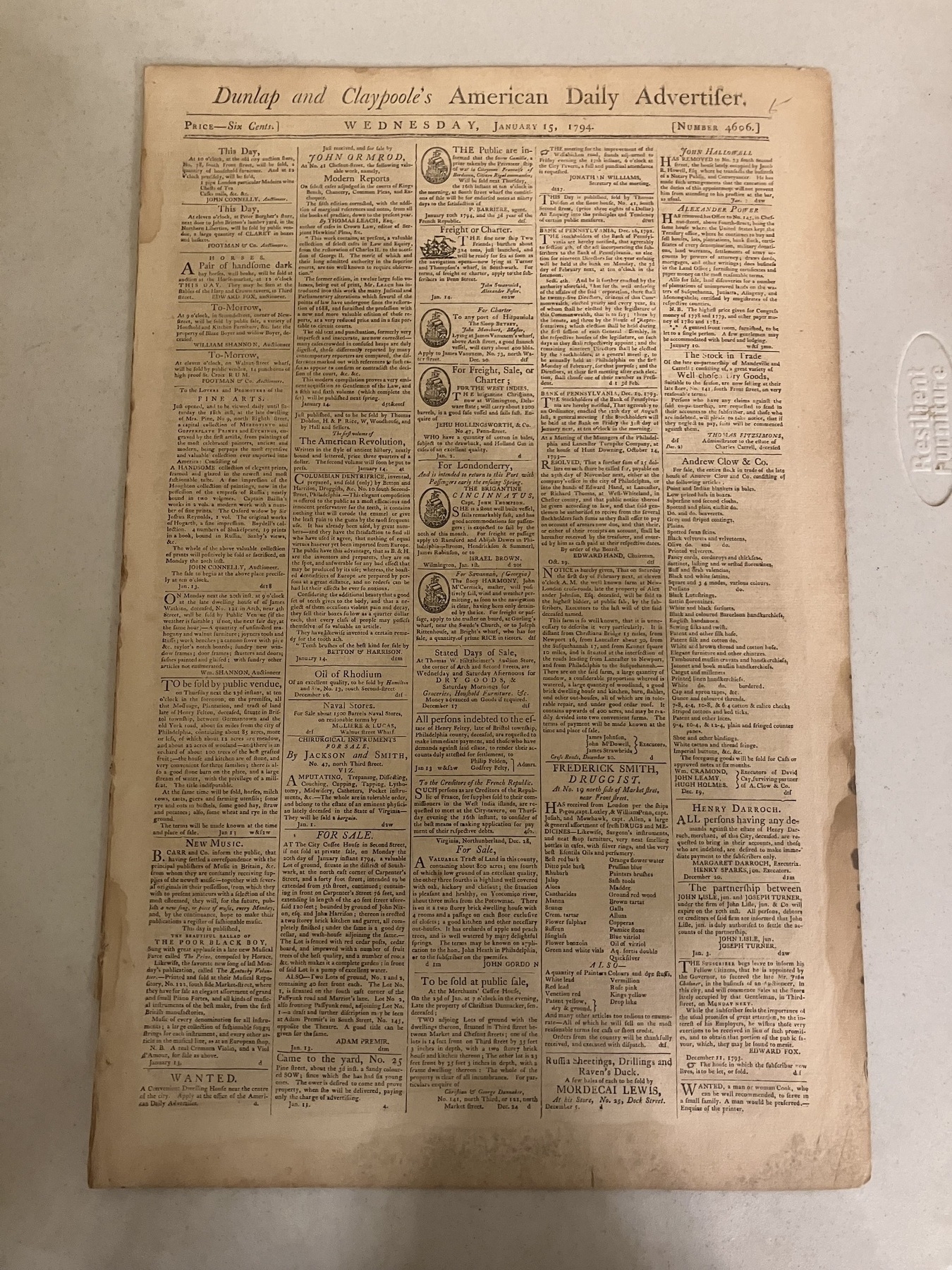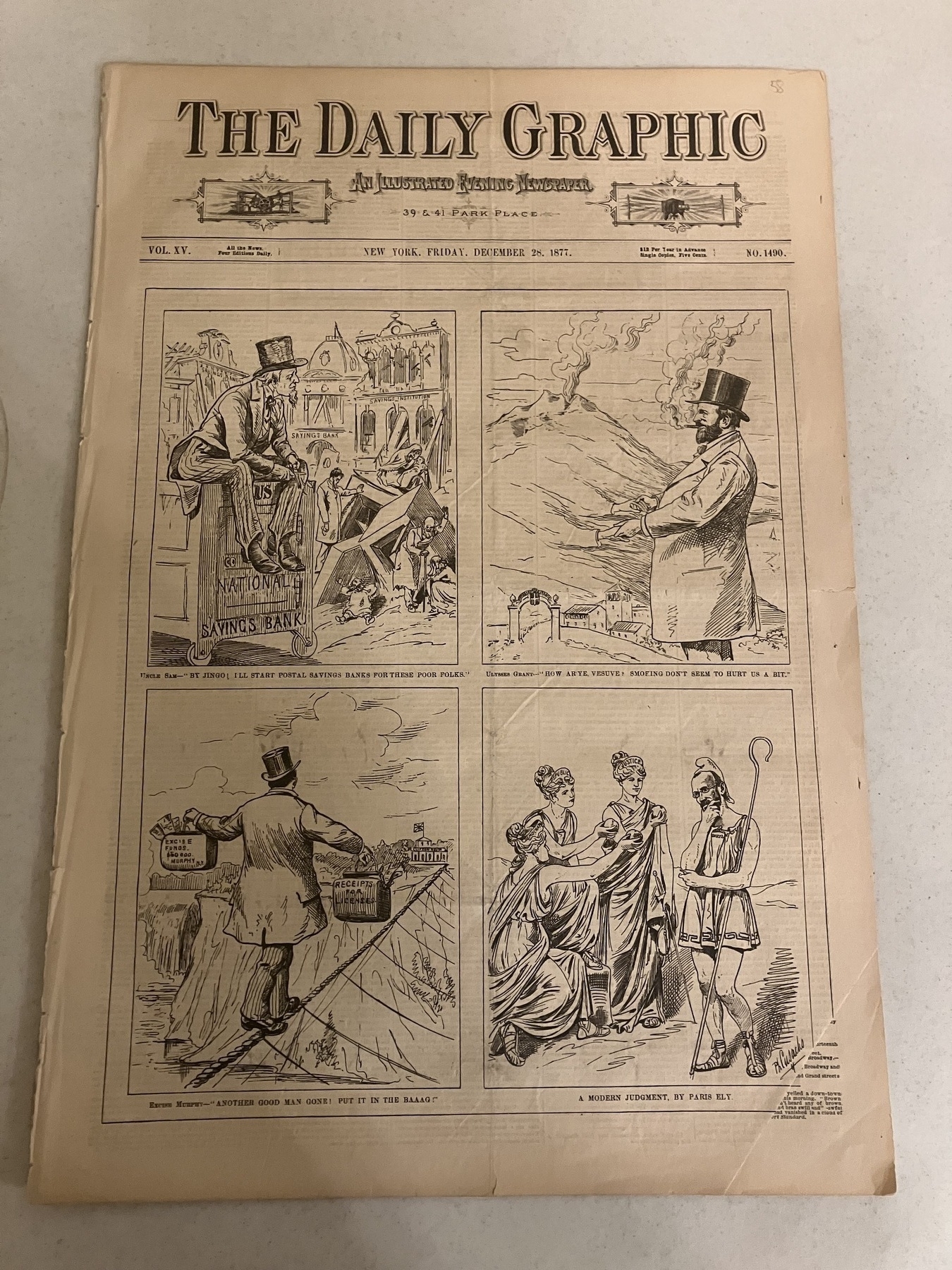I’ve accepted an invitation to join the finance committee of my local community foundation in January. Can’t be much of a localist without putting in some practice.
It’s still very hot but the season is shifting: I’m seeing more spider webs.
Welcome to the dog days of summer
We’re in the dog days of summer around here. Hot and humid. But also, the corn is tall and the melons are ripening and the cicadas are sawing. There’s a certain late-imperial decadence in the air. Last year I quoted the Old Farmer’s Almanac definition of “dog days of summer”. I thought about that definition again yesterday because I think they’re wrong about the dates, i.e., July 3 through August 11.
Today’s walk to Murray woods.




Visit to Native American Mounds
I visited a few southern Indiana mounds last Friday. Taking the last visit first, I went to the Angel Mounds site in Evansville. I highly recommend it if you’re in the area. The indoor museum was recently renovated and the videos are all well done. I recommend that you visit outside of school hours (the place gets a lot of field trips) since it allows you to walk the grounds in peace and imagine the lives of the people.
Turn your radio on
One alternative to streaming music I don’t think I’ve ever seen discussed: radio! You probably have an oldies (or similar) station in your area with a local connection. Music: So, yeah, maybe it isn’t your favorite and maybe you have stronger feelings about music discovery than I do. But oldies are basically another canon of standards at this point. It ain’t bad! Local ads: This is America; you don’t get to escape advertising.
After the recent rain, there’s a lot of water rushing out of Donaldson Cave at Spring Mill State Park. You might call it chthonic water. (Ha ha?)
One benefit of living in a small town: parades with fire trucks and classic cars and tractors and the high school marching band and Shriners.
Really interesting presentation this evening at the Lawrence County Museum about the history of newspaper printing—including physical copies of papers from the past few hundred years.



As with all opinions that don’t matter, I hold firmly to the idea that the Midwest consists of Wisconsin, Illinois, Michigan, Indiana, and Ohio. It seems to me that the historical roots of the Midwest lie in the Old Northwest Territory (named because it was northwest of the Ohio River), which consisted of the states named above plus a piece of Minnesota.
The Midwest is also characterized by industrial centers–Chicago, Detroit, Cleveland, Milwaukee. The further you get from those classic industrial cities the less Midwestern you are. Honestly, here in southern Indiana we’re more of a border region between the Midwest and the South.
But you know what’s even better than state line and arbitrary region names? Watersheds. It grounds our sense of geography in something more real than political boundaries. In this post, Todd writes about one way to do that. If we use his system of naming regions after river watersheds, I live in the nation of Ohio, state of Wabash, county of Patoka-White, and city of East Fork White.